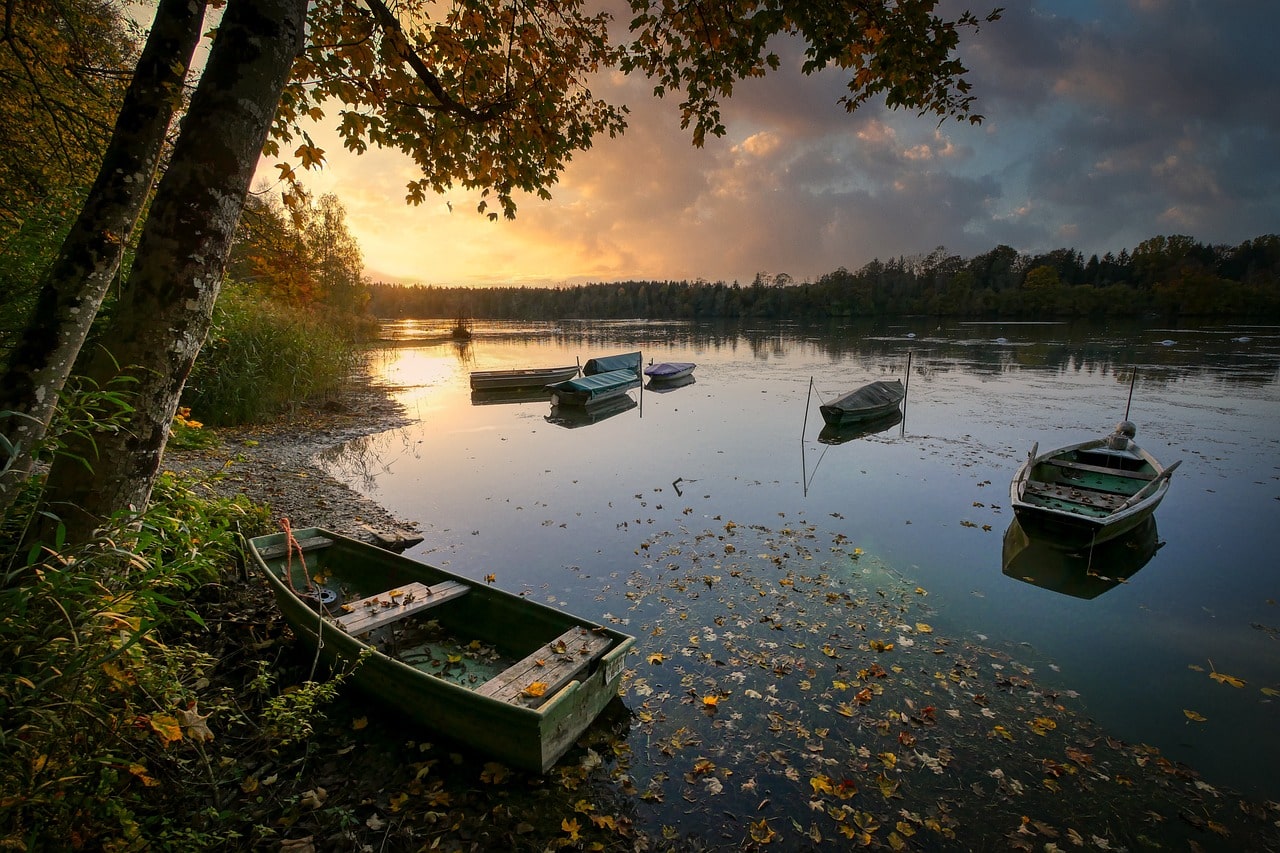Florida’s Panhandle East Coastal Dune Lakes are rare, fragile, and mysterious natural phenomena found in a few places worldwide, including Australia’s Queensland, Madagascar, New Zealand’s Northland, and along North Florida’s Gulf Coast. These 15 lakes, situated just behind the coastal dunes in Walton County, are recognized for their unique ecology, although they have only recently been studied in-depth.
The lakes are primarily freshwater with varying salinity levels, formed from ancient geological upheaval. They intermittently connect to the Gulf of Mexico when high water levels break through the sand barriers, creating a mix of fresh and saltwater species. This dynamic environment supports a diverse range of flora and fauna, making the lakes essential nurseries for several species requiring brackish water to spawn.
Among the lakes are Lake Powell, Camp Creek Lake, Deer Lake, Eastern Lake, Western Lake, Alligator Lake, Little Redfish Lake, Big Redfish Lake, Draper Lake, Oyster Lake, Allen Lake, Stallworth Lake, Campbell Lake, Morris Lake, and Fuller Lake. The lakes range in size, with Western and Eastern Lakes being the largest.
These lakes are not just ecological treasures but also recreational havens. Visitors enjoy kayaking, paddleboarding, fishing, hiking, and bird-watching. Fishing in the lakes includes species like bass, bream, panfish, speckled trout, catfish, mullet, redfish, and flounder. Four Florida State Parks—Camp Helen, Grayton Beach, Topsail Hill Preserve, and Deer Lake State Parks—encompass or border some of these lakes, offering trails and beach access for visitors.
Efforts by Walton County include zoning regulations to protect these lakes from development. The unique ecology of the Coastal Dune Lakes makes them a serene and beautiful destination for nature lovers and outdoor enthusiasts, offering a different experience from the nearby sun-drenched beaches.
These lakes provide numerous recreational activities such as swimming, picnicking, kayaking, and wildlife viewing. They also serve as a focus for environmental education and tourism, with guided ecology tours becoming increasingly popular.
The lakes face natural erosion, hurricanes, and human activity threats despite their serene beauty. Conservation efforts ensure that these unique ecosystems are preserved for future generations.

